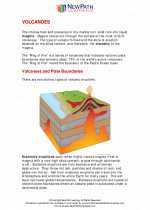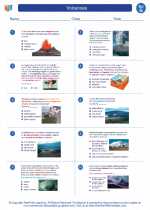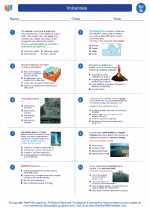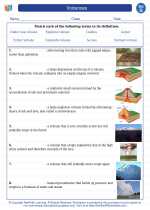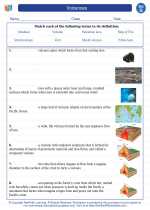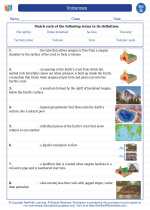Land
Land is the solid surface of the Earth that is not covered by water. It includes various features such as mountains, plains, plateaus, and valleys.
Types of Landforms
There are several types of landforms found on the Earth's surface:
Formation of Landforms
Landforms are created through various processes such as tectonic activity, erosion, and deposition. For example, mountains are formed by the movement of tectonic plates, while valleys are carved out by the action of rivers and glaciers.
Human Interaction with Land
Humans interact with the land in numerous ways, including agriculture, urban development, and resource extraction. These activities can have both positive and negative impacts on the environment and the land itself.
Study Guide Questions
- What are the different types of landforms?
- How are landforms formed?
- What are some ways in which humans interact with the land?
Use the information provided to answer the study guide questions and further explore the topic of landforms and their significance.
.